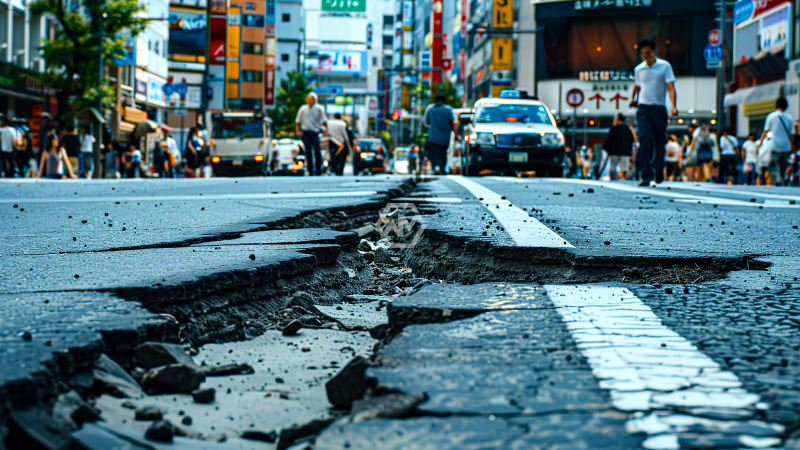- Japan issued its first megaquake warning after a magnitude-7.1 quake hit Kyushu.
- The warning targets the Nankai Trough, a region prone to catastrophic earthquakes.
- Precautionary measures include slowed bullet trains, halted factory operations, and closed beaches.
Japan has taken unprecedented steps by issuing its first-ever megaquake warning following a powerful earthquake off the coast of Kyushu.
The situation has sparked comparisons to the devastating 2011 earthquake and tsunami, with experts emphasizing the potential for even greater destruction if a megaquake occurs.
Japan Braces for Potential Megaquake After Kyushu Tremors Trigger Unprecedented Warning
In a significant move, Japan issued its first megaquake warning following a magnitude-7.1 earthquake off the coast of Kyushu. The warning focuses on the Nankai Trough, a notorious seismic zone where tectonic shifts could result in a catastrophic earthquake. This development has led to immediate precautionary measures, including the slowing down of bullet trains, temporary shutdowns in semiconductor factories, and the closure of beaches in regions at risk.
Prime Minister Fumio Kishida responded swiftly by canceling a planned trip to Central Asia, signaling the seriousness of the situation. The warning system, implemented in 2019, was activated due to the magnitude of the earthquake and the potential for further seismic activity. While the warning is not a direct call for evacuation, it advises residents to be prepared for the possibility of more powerful quakes.
The Nankai Trough, where the Philippine Sea plate subducts beneath the Eurasian continental plate, has a history of generating devastating earthquakes. Experts have long warned of the potential for a megaquake in this region, with some estimates predicting significant loss of life and extensive damage. The 2011 earthquake and tsunami, which resulted in nearly 20,000 deaths, serve as a stark reminder of the dangers posed by Japan’s seismic activity.
Companies and local governments have also taken action in response to the warning. Semiconductor factories and other critical infrastructure have temporarily suspended operations to conduct safety checks, while nuclear power plants have been put on high alert. The situation remains fluid, with authorities closely monitoring seismic activity and preparing for any further developments.
As Japan navigates the heightened risk of seismic activity following the Kyushu tremors, the nation’s preparedness and swift response underscore its commitment to minimizing potential disaster. The unprecedented warning serves as a critical reminder of the importance of vigilance in the face of nature’s unpredictability.
“This is advice to be prepared for the possibility that major earthquakes will continue,” said Prime Minister Fumio Kishida, emphasizing the need for caution following the megaquake warning.



